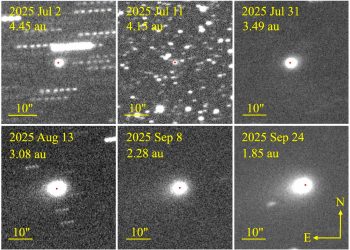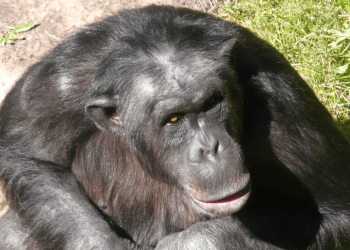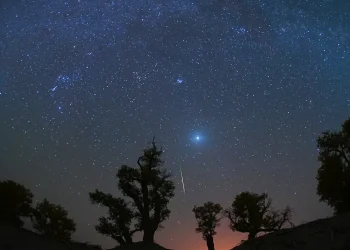Not a Moon, but a Companion
Unlike the Moon, which is gravitationally attached to Earth, 2025 PN7 is not confined in orbit. Scientists compare it to “a friendly runner following your stride on the same trail, close enough to notice it, but never touching it.” Its orbit has likely been synchronized with Earth’s for nearly 60 years, and if this trajectory remains constant, it could remain nearby until 2083 before moving away into open space. At its closest point, the asteroid comes within 4 million kilometers, almost ten times farther than the Moon, and at its farthest point it can reach 17 million kilometers, influenced by the competing gravitational pull of the Sun and neighboring planets.
Discovery details
The asteroid was initially detected during a routine telescope survey conducted by the University of Hawaii earlier this year. Appearing mostly as a faint dot on the stars, it became clear that the object was moving in a similar way to Earth. After weeks of review and analysis, NASA has officially confirmed that Earth has received a temporary traveling companion.
Why quasimoons are important
To date, scientists have only confirmed eight quasimoons, providing valuable insight into asteroid dynamics and Earth’s gravitational impact in space. Researchers say these objects are more than exciting: They refine orbital models, improve predictions about near-Earth asteroids, and could serve as a testing ground for space missions in the future. Their proximity and stability make them easier to hit than most cosmic targets.
FAQ:
1. What is 2025 PN7?
2025 PN7 is a small asteroid with a trajectory similar to Earth’s orbit. 2. How big is PN7 2025?
The asteroid would be 18 to 36 meters wide, about the size of a small building.









